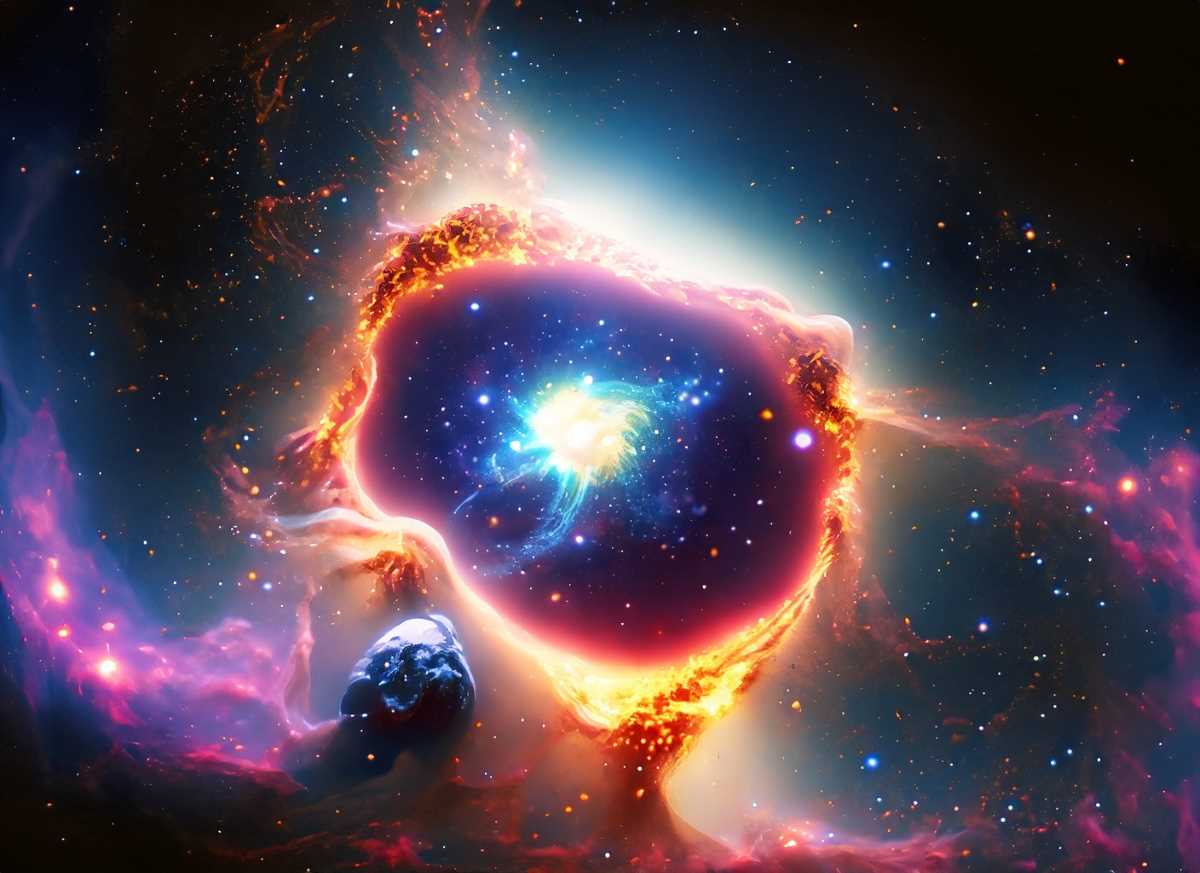Understanding H II Regions and Their Role in Galactic Evolution
H II regions are the dazzling cosmic nurseries where stars are born, and their brilliance holds key insights into the evolution of galaxies. These regions are rich in ionized hydrogen, and their chemical makeup serves as a historical record of the cosmic processes.

In the sprawling, ever-expanding universe, H II regions serve as fascinating hotspots of activity where the cosmic cycle of birth and death unfolds at a stellar scale. These regions are not just clusters of gas and dust idly floating in space; they are vibrant areas where stars are born, and where the heat of newly formed massive stars is sufficient to ionize surrounding hydrogen atoms. Let's delve into why these H II regions are integral to our understanding of galaxies, including our own Milky Way.
What Are H II Regions?
The term “H II” refers to ionized hydrogen, which is the most abundant element in these regions. When hydrogen atoms lose their electrons due to the high temperatures of new stars, they become ionized, hence the name “H II regions.” But the spectacle doesn't end there. These zones are luminous, glowing with the radiant energy of nascent stars, making them more than just areas of interest; they're visually striking as well.
H II regions are more than just hydrogen hubs. Their chemical composition is a rich tapestry resulting from billions of years of cosmic history. Over time, processes such as supernova explosions, the fusion within stars, and the intermingling of stellar winds have enriched these areas with heavy elements. These elements, often referred to as “metals” in astronomical parlance, give clues to the processes that have shaped not just these regions but also the broader interstellar medium—the matter that exists in the space between stars in a galaxy.
One of the intriguing facets of H II regions is their observability. They are so luminous that astronomers can study them whether they are in our galaxy or in far-off galaxies that are hundreds of millions of light-years away. Through the study of their electromagnetic spectrum, scientists can uncover details about their physical conditions and, more importantly, their chemical composition.

It's not merely a matter of cosmic curiosity; there are practical implications to understanding these regions. Most of our knowledge about the chemical evolution of galaxies has come from studying H II regions. This is because, in contrast to H II regions, determining the chemical composition of isolated stars is far more limited in scope.
For individual stars, our observational capabilities are restricted to our galaxy and a few neighboring galaxies. This gives us a narrow view. H II regions, however, offer a broader canvas, enabling us to piece together a more comprehensive picture of how galaxies evolve chemically over time.
In summary, H II regions serve as cosmic nurseries where stars are born, and their ionizing energies affect the chemical makeup of their surroundings. Their brightness allows for detailed study, providing a treasure trove of data that helps scientists unravel the mysteries of galactic evolution. When we gaze into the depths of these luminous regions, we are not just witnessing the birth of stars; we are peering into the crucible of galactic history.
In-Text Citation: ‘Evolución de La Composición Química Del Universo’. Revista de La Universidad de México, https://www.revistadelauniversidad.mx/articles/84f43983-4ac5-4e19-90ea-ecfafd73f26e/evolucion-de-la-composicion-quimica-del-universo. Accessed 14 Sept. 2023.




